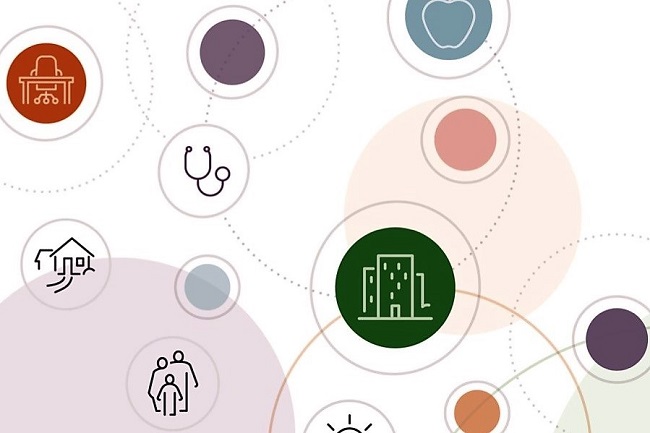Advancing Health through Affordable Housing (and Vice Versa)

Location, location, location. As any real estate agent can tell you, where you live goes a long way toward determining how you live—by determining your access to quality schools, appropriate healthcare, reliable transportation, clean air, stable employment, and more. Yet all too often, people can’t access affordable housing in communities where these other types of access exist. To change this reality, we need new ideas and innovative approaches.
That’s why Fannie Mae launched the Sustainable Communities Innovation Challenge (The Challenge), a two-year, $10 million commitment to address the nation’s affordable housing issues by advancing sustainable communities–those offering residents integrated access to quality affordable housing and quality economic, health, and educational opportunities. Through The Challenge, Fannie Mae aims to generate new ideas that will help people in underserved communities find affordable, sustainable places to call home.
As noted previously on this blog, Arabella Advisors has been helping Fannie Mae advance this effort for several months. Now we’ve reached a new phase—The Challenge: Healthy Affordable Housing—which focuses on the intersection of affordable housing and health.
An Integrated Approach to Healthy Affordable Housing
Over the last two decades, a growing body of research has demonstrated the importance of safe, stable, and affordable housing for positive health outcomes. Safe and healthy housing, free from pollutants and physical hazards, reduces risks for injury and chronic diseases. Stable housing enables residents to develop relationships with their neighbors, reducing stress and increasing social interaction within communities. At the same time, affordable housing allows residents to pay for other basics, including nutritious foods and high-quality health care.[1]
Despite the emerging evidence of the myriad benefits of healthy affordable housing, high housing costs are still forcing many to make choices between safe, affordable homes and other needs. Additionally, most current housing wasn’t designed to support the rapid aging of America’s population, and too many people are aging in homes and communities that are not suited for long-term, independent living.
Solving these issues will take innovations and partnerships that cross the boundaries of sector, field, and approach to promote healthy affordable housing. That’s where The Challenge: Healthy Affordable Housing comes in.
A Call for Innovative Ideas
Through The Challenge: Healthy Affordable Housing, Fannie Mae seeks ideas that redefine the relationship between affordable housing and health and wellness. Instead of pursuing both goals separately, The Challenge will support ideas, pilots, and initiatives that re-imagine quality affordable housing as crucial both to healthy living and to the future of sustainable communities across the nation.
Specifically, Fannie Mae seeks innovative ideas that respond to one or more of the following questions:
- How might we use innovative technology and design to improve affordable homes in order to better support health, promote overall wellness, or prevent disease and illness?
- How might finance vehicles be leveraged to incentivize the creation of affordable homes that promote health and wellness?
- How might we foster design that promotes diverse, sustainable, multi-generational affordable communities where all individuals can remain a vibrant part of their community through every stage of life?
Taking this integrated approach will be vital to solving the nation’s housing issues and creating a healthier future for families and individuals across America. If you or those you know have ideas that will help Fannie Mae create greater access to affordable housing and health and wellness, they want to hear from you.
- Click here to learn more about The Challenge
- Click here for more of Fannie Mae’s insights on The Challenge
- Click here to view the Call for Ideas
- Click here to submit an idea
- Click here to refer a potential applicant
[1] https://www.pewtrusts.org/~/media/assets/2016/03/guidance_for_the_public_health_sector.pdf
